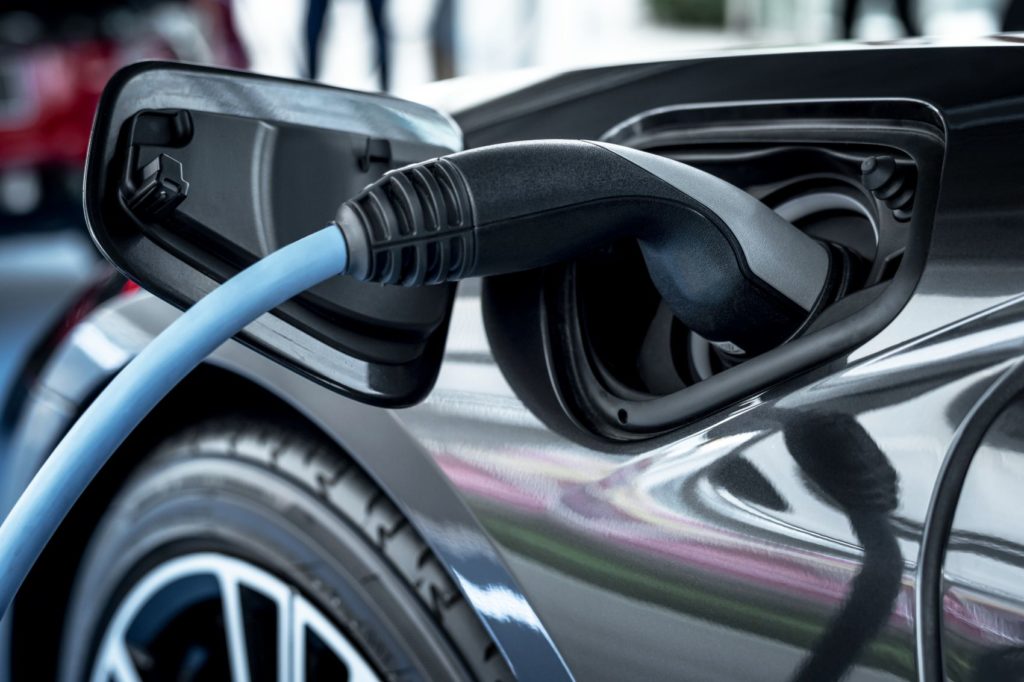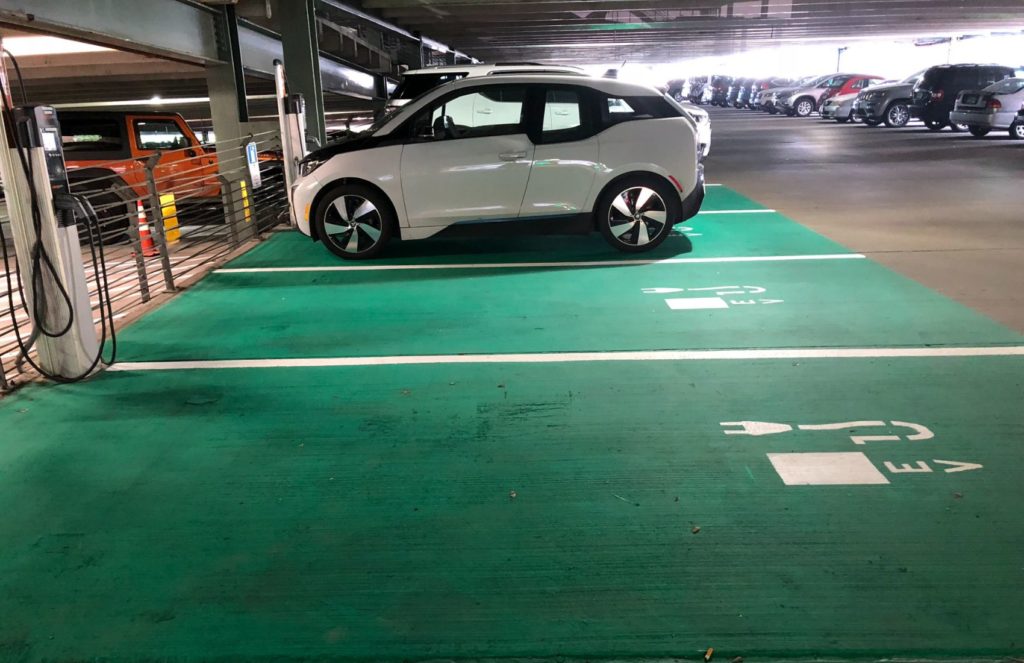- As EVs become more mainstream, dealers, fleet managers, OEMs, and consumers should follow best practices for transporting them.
- Charging locations, weather conditions, and ever-changing compliance factors come into play.
- Auto logistics providers are already enhancing business models to get ahead of the curve for transporting EVs.
– By Rich Pinnock, ACERTUS executive vice president, fleet services.
Electric vehicles (EVs) are here to stay. Automotive industry reporting has shown record sales of EVs in China, the U.S., and Europe for 2021, while companies like Amazon, UPS, and FedEx with large fleets are already starting to convert their gas-powered vehicles to electric.
Simultaneously, the Environmental Protection Agency (EPA) and Department of Transportation continue to push for an ambitious clean-energy plan that calls for 40 percent of all new-vehicle sales to be EVs by 2030. Working to get their states well-positioned to support electric-car needs, five Midwestern governors have even agreed to create a multi-state charging network for these vehicles.
But while automotive trends, corporate decision-makers, and government pressure are skewing toward more electrification, many companies who want to invest further in these vehicles are considering how to successfully transport them while keeping them in the best shape possible given limited product.
Below are four important factors that automakers, consumers, retailers, and other fleets must consider when developing a plan to move, store, and care for EVs.
#1: Plan Ahead For Storage & Charging
Planning ahead is critical to having a successful EV-transportation strategy. Companies must take into consideration where their EVs can be stored, as well as how and where charging will occur.
Because EVs need a place where they can be parked and charged securely (ideally out of extreme hot or cold weather), storage facilities often come into play with EV transports. Typically, it’s best practice for EVs to charge overnight or when not in use (such as between transports.)
Companies with EV fleets can efficiently transport their vehicles if they have access to a “hub-and-spoke” style of storage system – which is when vehicles can be moved to a storage site and charged before they are delivered or reach a final destination. This model is useful for EV fleets that must be well-charged to keep up their day-to-day operations and is ideal for retailers hoping to deliver fully or nearly-charged EVs to their customers.
Since charging stations may be less available depending on the location, particularly in more rural or remote areas, companies should equip drivers with a plan on how best to keep EVs charged throughout the transport process. That can include providing drivers with locations of public charging stations, or better yet, equipping them with fast, personal chargers to be used “on the go” whenever the battery gets too low. However, certain EV models require very specific types of chargers. They may not be able to accept charges from public stations, making it essential to be aware of any particular EV-model needs ahead of time.

#2: The Driver’s Role May Change
While the requirements of driving or hauling a vehicle are currently the same when it comes to EVs, some of the tasks associated with day-to-day upkeep are different. It’s crucial that all drivers or carriers responsible for transporting EVs know the basics when it comes to caring for them.
Certainly, one of the biggest differences between an EV and a fuel-based vehicle comes down to charging versus fueling up. While drivers can sometimes get away with waiting until a gasoline-powered vehicle is near empty before filling up the tank, this is not recommended when it comes to charging EVs. Instead, the best practice for EVs is not to charge them to full capacity – while, at the same time, being mindful of not letting them get too close to zero charge. Most EVs, ideally, should always stay charged between 20 to 80 percent, except when the full range of the vehicle is needed for driving.
Charging can sometimes prove difficult, depending on where the vehicle is being driven, as there are far fewer charging stations than gas stations across the country. Drivers will have the most luck finding charging stations in more populated areas, like cities – but, ultimately, they must have an overall charging plan before they ever begin transporting, so they don’t run too low on power at an inopportune time or find themselves in a charging desert. Drivers should also be familiar with the specific EV they’re driving to know whether they can be charged with any public charger – or only certain types.
Keeping the battery in top shape is critical. Repeatedly charging the battery to 100 percent or letting it get to zero charge will wear down the car’s battery over time. Extreme heat or cold can also degrade the battery and reduce its range, meaning drivers must pay attention to outside temperature and store EVs in a climate-controlled location whenever possible. Garages are always more ideal than open lots, where there can be multiple hours of hot sun or extremely cold weather.

#3: Managing EV Compliance
EV compliance standards are, by no means, set in stone. In fact, they’re still evolving, and compliance experts are working to keep up with ever-changing federal and state regulations. But despite all this, it’s critical for companies to stay up to date on compliance needs at all times, even without clear regulations.
Crucially, any states with Highway Use Taxes (HUT) or Weight/Mile Taxes for commercial vehicles must also apply those same taxes to EVs. With taxes like these, mileage must be tracked for EVs just as it is for all other vehicles in those areas.
Tracking gets a bit more complicated when it comes to the International Fuel Tax Agreement (IFTA). Because EVs don’t require fuel and cannot be taxed based on gallons of fuel consumed, these standards don’t apply in the same way. At the moment, most states are working on how they should determine IFTA standards for EVs going forward. While states are still requiring IFTA stickers for heavy EVs, there is not an official filing procedure, or any official requirements, for these vehicles just yet.
Ideally, companies investing in commercial EVs should plan how best to track mileage for these vehicles. That way, they can use it for any HUT or Weight/Mile Taxes, and they’ll have that mileage already in case it ever becomes necessary for IFTA. It’s also a best practice for companies with EVs to track all charging times by maintaining kW/h records and developing a list of all charging locations their EVs use.
If companies with EVs take the time now to maintain clear records on mileage, charging locations, and charging times for their zero-emissions vehicles, they’ll be well-positioned when states have more specific compliance standards.
#4: Choosing An EV Logistics Partner
Vehicle logistics providers are making EV transportation and logistics investments now to ensure EVs can be moved successfully in the future. Companies are providing the necessary charging infrastructure – both stationary and fast-charging on-the-go equipment – so drivers and carriers can move, store, and properly care for their auto partners’ EVs.
In addition to repairs, recharging, or care and maintenance work, logistics providers can also assist auto partners and their stakeholders with vehicle titles, registrations, and compliance services. These services can even be done while vehicles are in storage, ensuring they’re made fully ready-to-drive and compliant before they ever leave the facility and reach their final destination.
Rich Pinnock brings more than 20 years of experience in the supply chain and logistics space. Most recently, Pinnock served as Vice President and Chief Information Officer of AmeriFleet. Prior to that, Pinnock worked at a leading fleet management company where he focused on strategic planning and new venture development. Pinnock previously worked in the financial sector as a financial consultant. Pinnock is a graduate of the University of Baltimore and earned his MBA in International Business and MS in Electronic Commerce from the University of Maryland.


